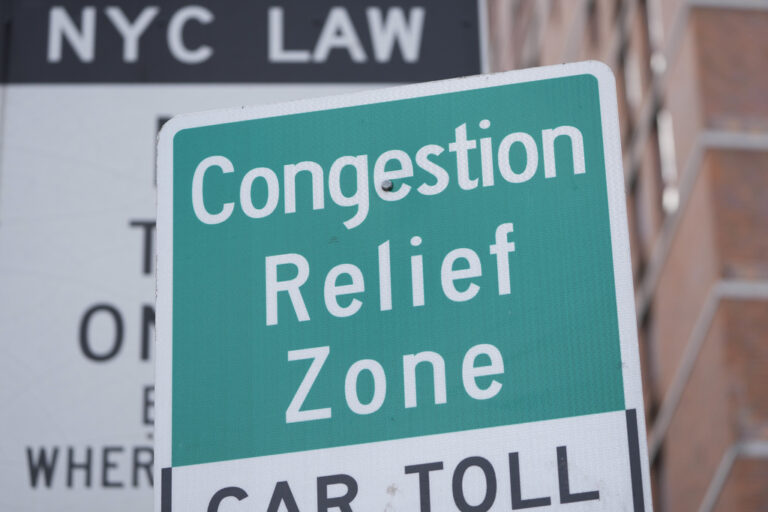What’s shaking Wall Street seems so backwards.
Swings in the bond market recently sent the yield on the 10-year Treasury above 4.80% and its highest level since 2023. That’s injected nervousness into the U.S. stock market and knocked indexes off their records.
The bond market’s moves might seem strange given that the Federal Reserve has lowered interest rates three times starting in September. But it’s a reminder that markets care more about the future than the present. And the bond market is worried about potentially higher inflation ahead, along with a U.S. economy that may not need more help from easier interest rates. That’s hurting stock prices.
The Fed has cut its main interest rate by a full percentage point since September. The intent is to give the economy breathing room after the Fed earlier hiked the federal funds rate to a two-decade high in hopes of slowing the economy enough to stifle inflation.
But the Fed’s influence is limited when it comes to the interest rates that are currently knocking the stock market around, chiefly the 10-year Treasury yield. The Fed controls the federal funds rate, which is a very short-term interest rate that dictates what banks charge each other for borrowing money overnight.
The moves for the 10-year Treasury yield, meanwhile, are set by investors. Those investors do take the Fed’s moves into account as they decide how much yield they’ll need to earn from U.S. Treasurys before they’ll lend money to the federal government. But they’re also factoring in where the economy and inflation are heading.
And the 10-year Treasury yield ironically began rising in September, up from 3.65%, just about when the federal funds rate began sinking for the first time since 2020.
The 10-year yield rose, even as the Fed was cutting overnight interest rates, because expectations for both economic growth and for inflation were rising. Much of that is due to a string of reports showing the U.S. economy remains much more solid than expected. Inflation was also more stubborn to ease, though this past week’s reading offered more optimism and helped Treasury yields give back some of their big gains.
In late 2018, something similar happened in the market, but in the opposite direction. The Fed had been increasing the federal funds rate since early 2017, and the 10-year Treasury yield likewise climbed for much of that stretch. But the 10-year yield began turning lower before the end of 2018. It even continued to sink after the Fed hiked the federal funds rate in December 2018, guessing correctly that rate increases would stop before putting too much pressure on the economy.
President-elect Donald Trump is also a big factor. His proposals to place tariffs on imported goods could push up inflation, while his preference for lower tax rates could inflate the U.S. government’s debt further and scare investors into requiring higher interest rates for the added risk.
The Federal Reserve itself warned recently that it may cut interest rates only twice in 2025 after earlier projecting four cuts. Traders on Wall Street are questioning whether the Fed may not cut short-term interest rates at all in 2025.
Even Wednesday’s better-than-expected reading on an underlying measure of inflation wasn’t enough to give the market an all clear. “We believe It likely will take several months of slowing inflation to get the Fed — and the market — thinking about another rate cut,” said Gary Schlossberg, market strategist at Wells Fargo Investment Institute.
(AP)












One Response
Because the government keeps “printing” money, since the federal government runs a deficit. It keeps pumping lots of money into the economy but doesn’t take back enough in taxes. There is nothing the Fed can do about it, and in any event the de facto mandate of the Fed is to keep the politicians happy.